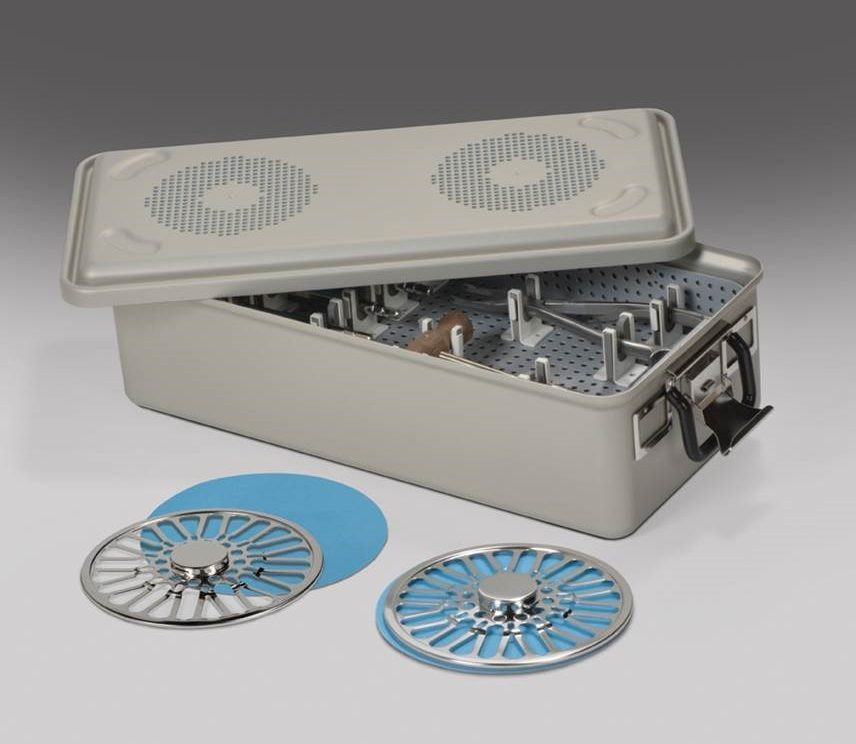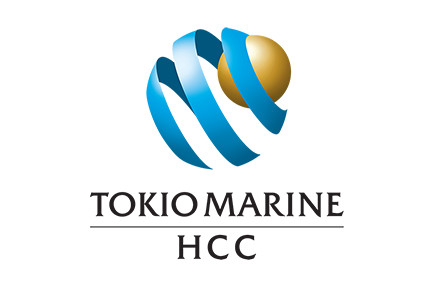Intel's Unexpected Shakeup: Gelsinger's Departure and the Future of the Chipmaker
Intel Corporation announced the shocking resignation of its CEO, Pat Gelsinger, effective December 1st, 2024, sending ripples through the tech world and leaving investors wondering what's next for the once-dominant chipmaker. Gelsinger, who rejoined Intel in 2021 after a stint at VMware, faced immense challenges during his tenure, including intense competition, production delays, and the rise of AI as a new technological frontier.
The Gelsinger Era: A Tumultuous Reign
Gelsinger's return to Intel was initially met with optimism. He was tasked with revitalizing the company, which had fallen behind in the mobile computing wave and was now struggling to compete in the rapidly evolving AI landscape. He initiated ambitious plans to boost domestic chip manufacturing and improve Intel's competitiveness, but despite these efforts, the company's fortunes continued to decline. Intel's stock plunged a staggering 61% under his leadership, a stark contrast to the meteoric rise of competitors like Nvidia.
The AI Revolution and Intel's Missed Opportunity
The emergence of OpenAI's ChatGPT in 2022 marked a pivotal moment in the tech industry, accelerating the demand for AI-powered chips. Nvidia, once a smaller competitor, seized this opportunity, becoming a dominant force in the AI chip market and experiencing a remarkable stock surge of nearly 720% in just two years. Intel's failure to capitalize on this trend significantly hampered its growth and market share.
Cost-Cutting Measures and Layoffs
In an attempt to address the company's financial woes, Intel announced massive layoffs in August 2024, cutting 15% of its workforce as part of a $10 billion cost-reduction plan. Gelsinger described these drastic measures as necessary to fundamentally change the way Intel operates, but they couldn't stem the tide of the company's struggles.
Delays and Reduced Funding
Further complicating Intel's situation were delays in its manufacturing facilities expansion and subsequent reductions in funding. The company's $8.5 billion grant from the CHIPS Act was reduced to $7.86 billion, after Intel experienced delays impacting planned investments and opening timelines for its new plants. This setback highlighted the challenges Intel faced in navigating the complexities of government funding and meeting ambitious production goals.
The Aftermath: Interim Leadership and the Search for a New CEO
Following Gelsinger's departure, Intel appointed David Zinsner, Intel’s chief financial officer, and Michelle Johnston Holthaus, general manager of Intel’s client computing group, as interim co-CEOs. Holthaus has also taken on the newly created role of CEO of Intel Products, overseeing data center and AI product efforts. Frank Yeary, the independent board chair, was named interim executive chair. This leadership transition signifies a period of uncertainty and change as the company navigates its challenges and searches for a permanent CEO.
Transition and Challenges Ahead
The interim leadership team faces the daunting task of navigating the company's complex challenges, including improving its product portfolio, advancing its manufacturing capabilities, and regaining investor confidence. They must also address the ongoing transition to a foundry model, competing directly with giants like TSMC, and deal with the implications of the reduced CHIPS Act funding. Intel's future remains uncertain, but the company's next leadership decisions will be crucial in shaping its trajectory in the years ahead.
Navigating the Future: A Leaner, More Agile Intel?
Intel's board has emphasized its commitment to creating a leaner, simpler, and more agile organization. This commitment will involve streamlining its product portfolio and improving efficiencies in its operations. The appointment of interim co-CEOs suggests a desire for collaborative leadership, potentially reflecting a strategic shift in management style. The next few months will be crucial in determining how the company will prioritize its initiatives and redefine its approach to competing in a rapidly changing tech market. Whether Intel can successfully reinvent itself and overcome the obstacles it faces remains to be seen, but the company’s actions over the next year will determine its long-term survival and success.
The future of Intel is undoubtedly uncertain. However, the company’s new leadership team will undoubtedly steer the company to achieve a successful turnaround. The success or failure of this next chapter will determine Intel's future position in the global chipmaking arena.

















